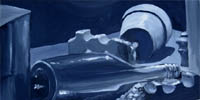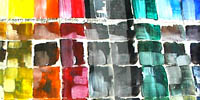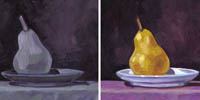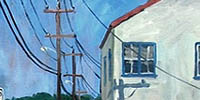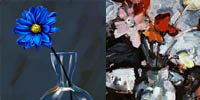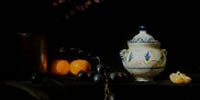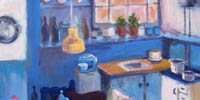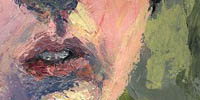PAINTING 1 ART220
Instructor: Joshua Field
Meeting Times: Tues/Thurs 9:30AM-12:15PM SAB 101
This course will explore a variety of painting techniques used to translate careful three-dimensional observation to accurate two-dimensional representation. Lectures, assignments and discussions will investigate specific visual problems and explore a variety of creative solutions. Assignments will be reviewed in participatory group critiques. ART220 is a workshop format course and as such, hands-on participation is an intrinsic part of the visual problem solving process. All class work is intended to both instill the fundamental techniques of painting and foster creative problem solving.
![]() course objectives:
course objectives:
- Students will develop and demonstrate a clear comprehension of techniques utilized in representing form, color and three-dimensional space.
- Students will explore a range of techniques and methods as they work toward solving visual problems.
- Students will learn to integrate previously acquired skills such as drawing fundamentals and compositional techniques, with newly acquired paint handling and color manipulation skills.

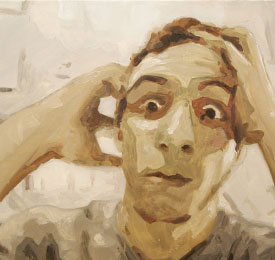 DOWNLOADS
DOWNLOADS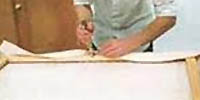 Support Preparation: Canvas, Priming, Materials
Support Preparation: Canvas, Priming, Materials
